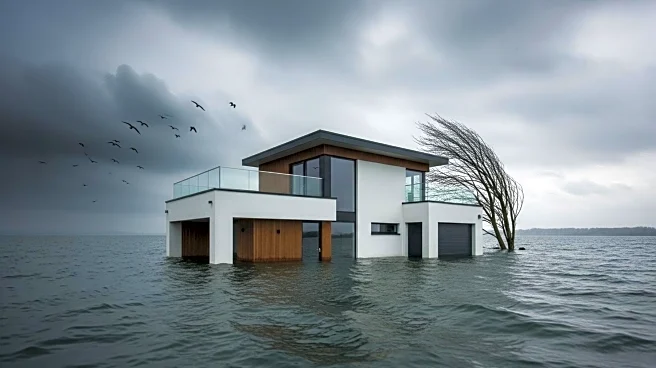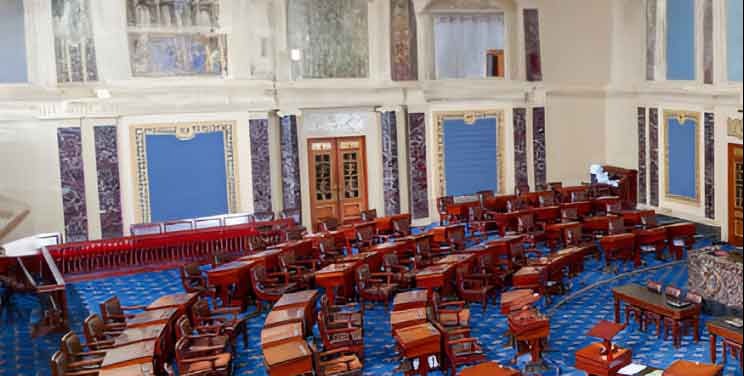What's Happening?
Allium Engineering, a startup focused on innovative construction materials, has developed a new type of rebar that could significantly extend the lifespan of bridges. The company has introduced a paper-thin layer of stainless steel to cover traditional rebar, which is typically used in concrete structures. This innovation aims to combat the common issue of rust, which can lead to premature failure of concrete structures, especially bridges exposed to water and salt. The stainless steel layer is designed to prolong the life of a bridge from 30 to 100 years. Allium's rebar has already been utilized in bridge deck replacements on Interstate 91 in Massachusetts and U.S. Highway 101 in California, as well as in a commercial boat yard in Florida.
Why It's Important?
The introduction of Allium's stainless steel-layered rebar could have significant implications for infrastructure maintenance and costs in the United States. With approximately one-third of U.S. bridges needing repair or replacement, costing nearly $400 billion over the next decade, this innovation offers a potentially more affordable and durable solution. By reducing the need for frequent repairs and replacements, the technology could save government agencies substantial amounts of money. Additionally, the use of this rebar could allow for the adoption of greener cements, which are less alkaline and more environmentally friendly, further contributing to sustainable construction practices.
What's Next?
Allium Engineering plans to position its stainless-clad rebar as a cost-effective alternative to epoxy-coated rebar, which is currently more expensive and requires careful handling. The company aims to match or even undercut the price of epoxy-coated rebar, making it a viable option for a wider range of bridge projects. If successful, this could lead to broader adoption of the technology across the U.S., potentially transforming the way infrastructure is built and maintained. The startup's approach could also influence transportation departments to specify the use of more sustainable materials in future projects.












